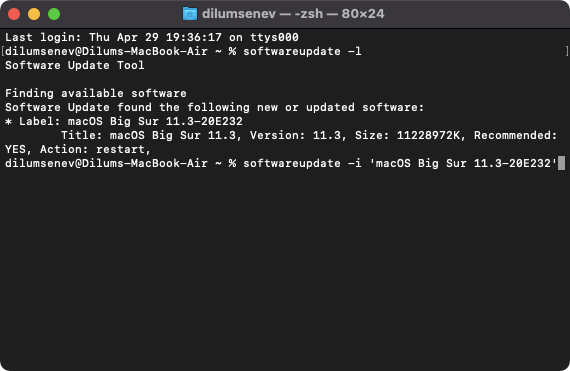

Once the installation completes, you are ready to scan your LAN with nmap. Open a terminal window (or log into your GUI-less server) and issue the command: You won’t find nmap installed on your Linux machine by default, so we must add it to the system. Next, we use a command that offers more options. Even without knowing what machine is associated with what address you at least know what addresses are being used. The only caveat, is that (unless you know the MAC address of every device on your network), you won’t have a clue as to which machine the IP addresses are assigned. You now have a listing of each IP address in use on your LAN. The output of the command will display IP addresses as well as the associated ethernet device ( Figure A). The -a option uses and alternate BSD-style output and prints all known IP addresses found on your LAN. Instead, we’ll issue the command like so: If you issue arp with no mode specifier or options, it will print out the current content of the ARP table.

If you’ve never used arp (which stands for Address Resolution Protocol), the command is used to manipulate (or display) the kernel’s IPv4 network neighbor cache. Most IT admins are familiar with arp, as it is used on almost every platform. The first tool we’ll use for the task is the built-in arp command.

SEE: Server deployment/migration checklist (Tech Pro Research) The arp command
#IP SCANNER MAC TERMINAL HOW TO#
I’m going to show you how to scan your Local Area Network (LAN) for IP addresses in use with two different tools (one of which will be installed on your server by default). How to configure networking on a Linux server (TechRepublic Premium) How industrial IoT is forcing IT to rethink networks Get instant malware filtering with Gryphon Guardian NVIDIA unveils supercomputing and edge products at SC22 Fortunately, there are some very simple-to-use command line tools that can handle this task. But what if you’re on a GUI-less server? You certainly won’t rely on a graphical-based tool for scanning IP addresses.
#IP SCANNER MAC TERMINAL INSTALL#
How many times have you tried to configure a static IP address for a machine on your network, only to realize you had no idea what addresses were already taken? If you happen to work with a desktop machine, you could always install a tool like Wireshark to find out what addresses were in use.


 0 kommentar(er)
0 kommentar(er)
